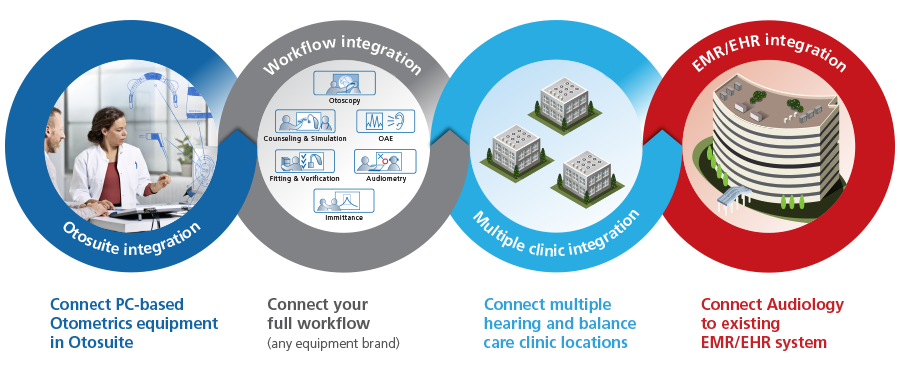Enhancing Knowing: Addressing Auditory Processing Issues In Dyslexia
Enhancing Knowing: Addressing Auditory Processing Issues In Dyslexia
Blog Article
Authored By-Bank Sykes
When you think about the challenges that dyslexic learners deal with, it's clear that auditory handling concerns usually play a considerable role. You might wonder exactly how customized approaches can bridge the gap between auditory directions and understanding. By integrating executive functioning counseling and breaking tasks into convenient actions, you can boost focus and understanding. Nonetheless, the services do not stop there. What various other methods can produce an absolutely helpful knowing atmosphere that cultivates success and confidence?
Recognizing Dyslexia and Auditory Handling
Dyslexia affects about 1 in 5 individuals, making it one of one of the most usual learning disabilities. If you're navigating dyslexia, you may locate that it doesn't simply impact reading and writing; it can likewise influence just how you process acoustic info.
Auditory handling refers to how your brain analyzes noises, including language. When you struggle with this, it can cause obstacles in comprehending spoken instructions and following conversations.
You may observe that you commonly misinterpret what you listen to or that it takes much longer for you to respond in discussions. This isn't a representation of your knowledge; it's a details trouble related to refining auditory signals.
Comprehending this connection is vital because it aids clear up why you might excel in aesthetic tasks while facing difficulties in tasks that rely upon acoustic understanding.
Acknowledging these obstacles can equip you. By understanding the ins and outs of dyslexia and auditory handling, you can much better promote for your needs, whether in educational settings or social scenarios.
It's important to recognize these concerns so you can look for the right assistance and strategies in the future.
Effective Methods for Assistance
Navigating the difficulties of acoustic handling can feel frustrating, however there work methods that can assist you flourish.
By implementing these techniques, you can enhance your learning experience and boost your capacity to process auditory info.
- ** Make use of visual help **: Combining acoustic instructions with visual supports, like graphes or layouts, can considerably enhance comprehension.
- ** Break jobs into smaller sized actions **: Simplifying directions into workable portions enables you to focus and process info more effectively.
- ** Practice active listening **: Participate in workouts that urge you to pay attention diligently, such as summarizing what you've heard or asking inquiries for explanation.
- ** Incorporate modern technology **: Utilize applications or software made to assist with auditory processing, such as speech-to-text tools or audiobooks, to reinforce understanding.
Creating Supportive Understanding Settings
Creating a helpful understanding environment is important for assisting individuals with acoustic processing obstacles do well. Start by reducing disturbances in your classroom or discovering area. Usage acoustic panels or soft furnishings to take in sound, which can help trainees concentrate far better. Guarantee seating setups enable clear sightlines to the instructor and any type of visual aids.
Next, incorporate clear and succinct interaction. Talk gradually and use straightforward language, checking for recognizing regularly. Motivate students to ask inquiries if they're unclear. Aesthetic help like graphes, layouts, and written instructions can improve understanding and retention.
In addition, foster a culture of patience and understanding amongst peers. Show pupils about auditory handling concerns, advertising empathy and assistance. phonics can be beneficial; simply ensure that functions are clear which trainees work together to support each other.
Ultimately, give masking dyslexia . Celebrate development and achievements, regardless of how little. This motivation constructs self-confidence and enhances the concept that knowing is a journey.
Final thought
In your journey to enhance learning for people with dyslexia, think of each approach as a stepping stone throughout a river. By weaving together auditory and aesthetic aids, damaging jobs right into bite-sized items, and nurturing a supportive environment, you aid develop a bridge to understanding. Bear in mind, cultivating empathy amongst peers and engaging family members can light the path to success. With persistence and commitment, you'll encourage students to soar above obstacles, changing their struggles into strengths.
